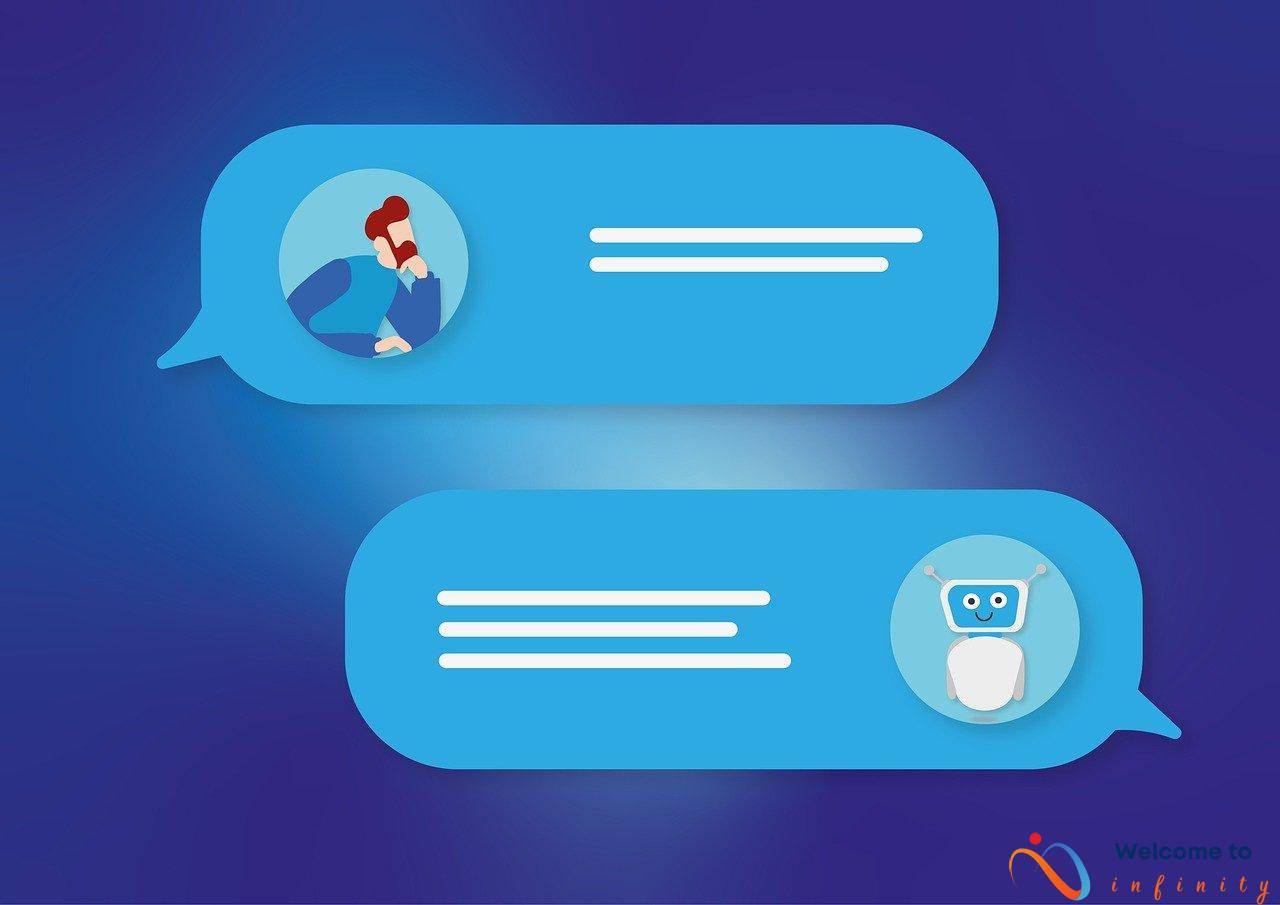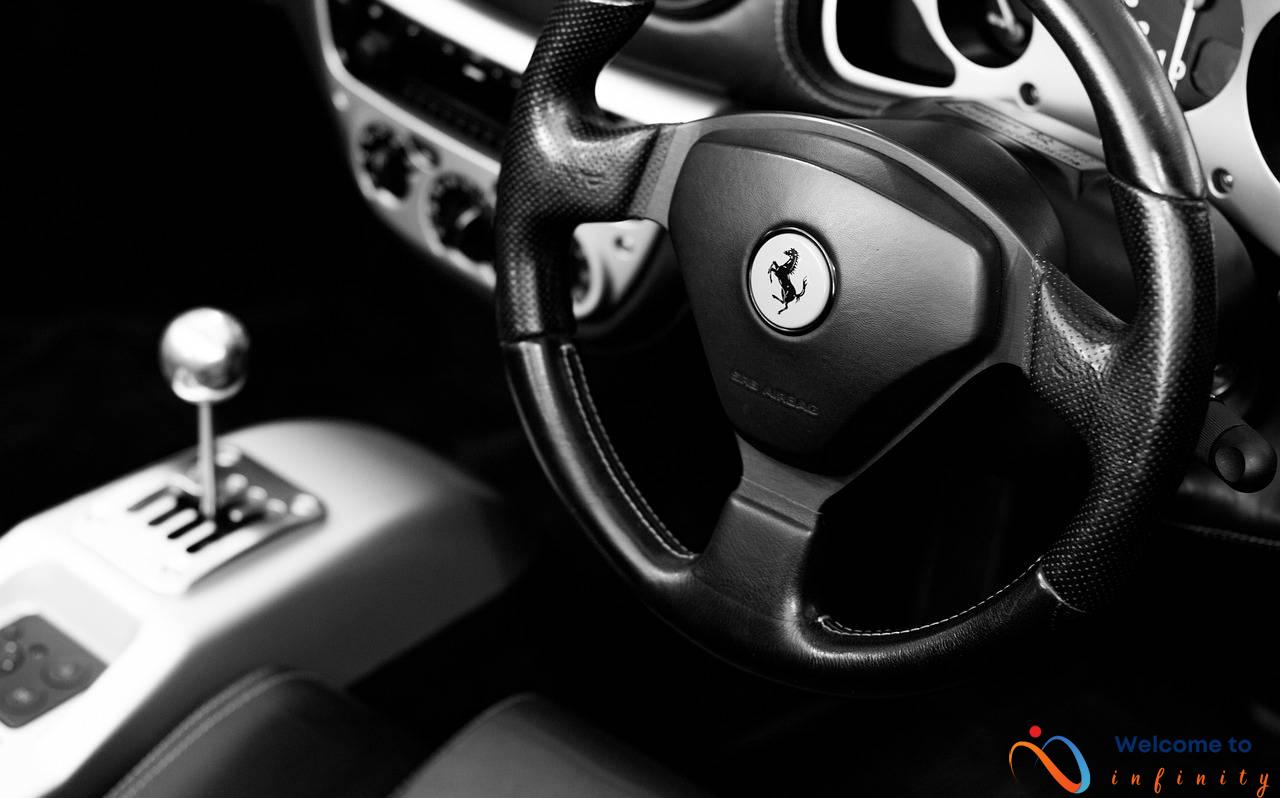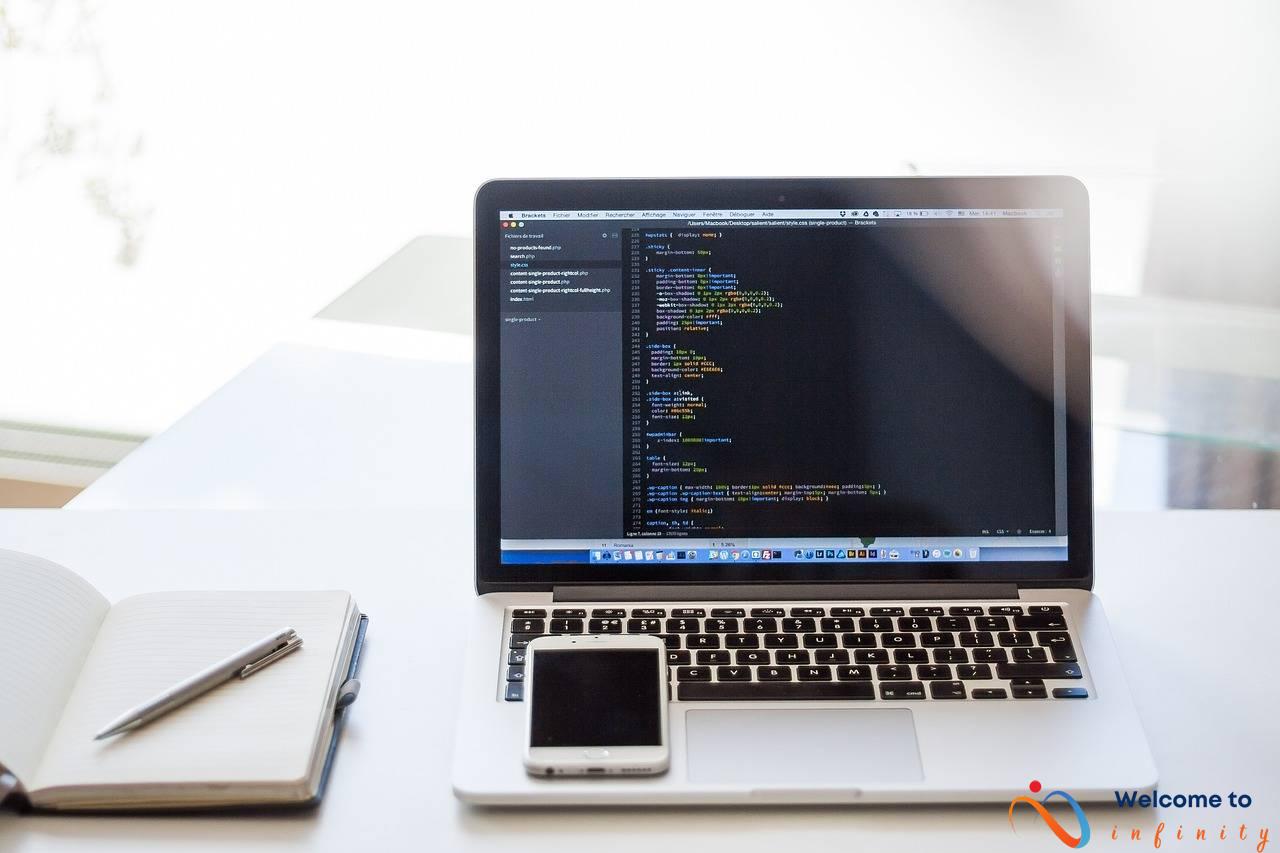The future of robotics is bright, thanks to the introduction of artificial intelligence. In the next decade, AI-powered robots will change the game in the way they are designed, built, deployed and utilized. With AI, robots will be able to analyze their environment, gather data, make decisions in real-time, and respond to changing conditions with greater accuracy and speed.
This revolution in robotics will lead to new capabilities in several industries, including manufacturing, healthcare, and finance. For instance, in manufacturing, AI-powered robots will be able to perform repetitive tasks with greater efficiency, precision, and speed, leading to higher productivity and lower costs. In healthcare, robots will help diagnose and treat patients and assist with surgeries, reducing the risk of errors and improving patient outcomes.
However, this revolution also comes with its ethical challenges. As robots become more autonomous and capable of making decisions, we must ensure that they are programmed with ethical values that reflect our society's values. Governments must also set regulations for the use of robots to ensure they are safe, secure, and operate ethically. Nevertheless, with proper regulations and ethical programming, AI-powered robots could create new job opportunities in fields such as engineering and programming.
In conclusion, the future of robotics is highly dependent on the integration of artificial intelligence. As AI technology advances, we can expect to see greater flexibility, adaptability, and intelligence in robots, making them useful in everyday life, from cleaning homes to exploring space. To prepare for this future, students must learn not only robotics but also machine learning, computer vision, and other AI basics.
New Capabilities for Robots
Artificial intelligence or AI will be the driving force behind a new wave of robotic capabilities that will revolutionize the way we live our lives. AI will enable robots to analyze their environment and make decisions that were not possible before, giving them new capabilities in manufacturing, healthcare, and finance. With AI and advanced machine learning algorithms, robots will be able to gather and analyze vast amounts of data, recognize patterns, and make decisions that are informed by data, not just pre-programmed rules.
In manufacturing, AI-powered robots will be able to complete tasks that require dexterity and high precision, such as assembling intricate parts, welding, and painting. In healthcare, robots will be able to assist with complex surgeries and rehabilitation, helping to improve patient outcomes. In finance, robots will use machine learning algorithms to analyze complex financial data sets, identify patterns, and make predictions about market trends.
The capabilities of AI-powered robots are truly limitless, and they will continue to evolve as technology advances. As these robots become more integrated into our daily lives, they will have a profound impact on the economy and society as a whole.
The Ethical Implications of Artificial Intelligence in Robotics
With the rise of artificial intelligence in robotics, there is a growing concern about the ethical implications of these machines. As more robots become autonomous and capable of making decisions, there is a need to ensure that they are programmed with ethical values that reflect our society's values. We cannot expect machines to have human values and ethics, but we can program them to follow ethical guidelines.
One of the ethical implications of AI in robotics is the risk of these machines harming humans. It is crucial to ensure robots' safety and security so that they do not cause harm or cause accidents due to malfunctioning. As they become more autonomous, it is essential to maintain control over their decision-making capabilities and ensure they operate ethically and safely.
Another ethical concern is the potential loss of jobs that could result from the rise of robotics. We must ensure that automation does not lead to massive job losses but, instead, creates new job opportunities in areas such as engineering, programming, and robotics. Governments can take steps to encourage investment in these fields and provide training programs to help people develop the necessary skills.
- It is necessary to consider the social and economic impact of AI in robotics.
- Robots must be designed and programmed with strict ethical guidelines, ensuring humans' safety and well-being.
- Regulations must be in place to ensure responsible use of robots and prevent unintended harm or misuse.
As the field of robotics continues to advance, we must continue to consider the ethical implications of AI in robotics and ensure we keep up with the technology's pace. It is time to be proactive about ethical considerations and ensure that robots' design and programming reflect society's values.
The Impact on Jobs
Artificial intelligence and robotics have the potential to revolutionize the job market, creating new opportunities while also potentially replacing human workers. AI-powered robots can perform tasks with greater efficiency and accuracy, resulting in increased productivity and lower costs for businesses. As a result, some jobs may become redundant or automated.
However, the rise of intelligent robotics could also create new job opportunities in fields such as engineering and programming. As robots become more advanced and complex, they will require experts to design, program, and maintain them. This will create high-paying jobs for individuals with expertise in robotics, AI, and related fields.
Moreover, robots can take over dangerous or dull tasks, allowing humans to focus on higher-level tasks that require creativity and critical thinking. This will result in the creation of new job roles that require human intervention in the robotic manufacturing process.
Overall, while there may be some initial job losses, the future of robotics will create new job opportunities that require advanced technical skills and expertise. Therefore, the key to realizing the potential of intelligent robotics is to ensure that workers are adequately trained for these new job roles, and regulations are in place to safeguard workers from any negative impacts of the technology.
The Role of Regulation
The development of intelligent robotics will undoubtedly reshape the future of various fields, including healthcare, manufacturing, and agriculture. However, with the rise of artificial intelligence (AI) in robots, it is necessary to ensure they are programmed to operate ethically and safely, reflecting our society's values.
Governments must play an essential role in shaping the future of robotics by setting regulations to ensure the safety, security, and ethical use of AI-powered robots. These regulations should cover various aspects of robot operations, including their deployment, maintenance, and data collection.
Regulations for the use of robots should address safety concerns, such as sharing workspaces with human operators and preventing accidents. Robots must be designed to operate safely and function without posing risks to human operators, especially in settings such as busy manufacturing floors or medical facilities.
Further regulations should also address data security and privacy concerns surrounding the use of AI-powered robots in various industries. This will help maintain personal data privacy, prevent data breaches, and ensure the data collected by robots is used ethically and appropriately.
Additionally, governments must encourage the development of transparent and explainable AI algorithms and impose strict accountability measures for any harm caused by AI systems. Robots must be designed to operate within legal and ethical boundaries, and their usage must be transparent and subject to scrutiny.
The role of regulations is therefore critical in ensuring the safe and ethical use of intelligent robotics in society, and governments must embrace this responsibility to ensure the progress of robotics does not come at the cost of human safety or ethics.
Future Applications of Intelligent Robotics
The future of intelligent robotics holds many exciting possibilities as AI technology progresses. In the coming years, we can expect to see robots that are much more adaptable, flexible, and intelligent, with a wide range of applications in many different areas.
One of the most promising areas for the future of intelligent robotics is in everyday household applications. With new developments in AI technology, we can expect smart robots that will be able to clean homes, cook meals, and even take care of pets. These robots will be able to adapt to different environments and learn from human interactions to become even more efficient.
Another area where intelligent robots are likely to be used is in space exploration. With their ability to operate in harsh and dangerous environments, robots can be used to explore other planets and moons in our solar system. These robots could perform tasks that would be unsafe or impossible for humans, including collecting samples, building structures, and conducting experiments.
Intelligent robotics also has the potential to revolutionize the way we farm and produce food. By using robots to harvest crops, farmers can greatly reduce their reliance on labor and increase productivity. Additionally, robots can be used to perform tasks such as monitoring soil quality, pest control, and irrigation, which can help reduce costs and improve yields.
Finally, robots can be used in the service industry to provide cost-effective, fast, and efficient services. From food service to hospitality, robots can perform tasks such as cleaning, delivering food and drinks, and even assisting with customer service. This can help reduce labor costs and increase efficiency, while still ensuring high-quality service for customers.
As we look to the future of intelligent robotics, there are many exciting possibilities for how this technology can be used to improve our daily lives, explore new frontiers, and create new opportunities. While there are certainly unique challenges to be faced along the way, the potential for intelligent robotics to revolutionize the world is truly limitless.
Robots in Healthcare
In the healthcare industry, robots powered by artificial intelligence have the potential to revolutionize the way patients are diagnosed and treated. They can assist doctors and nurses with surgeries, allowing for greater precision and reducing the risk of errors. These robots can also help with rehabilitation, providing physical therapy for patients recovering from injuries or surgeries.
One of the major benefits of AI-powered robots in healthcare is their ability to quickly analyze vast amounts of data, which can lead to earlier diagnosis and more effective treatments. Robots can also improve patient outcomes by ensuring that treatment plans are followed accurately and consistently. Additionally, they can reduce the risk of healthcare-associated infections by performing tasks like cleaning and sterilizing medical equipment.
Another advantage of robots in healthcare is their ability to work around the clock, which can help reduce the workload on medical staff and improve patient care. They can also assist with tasks that require a high level of precision, such as medication dispensing and wound care.
Despite the many advantages of using robots in healthcare, there are also concerns about their impact on jobs and the potential for errors or malfunctions. Therefore, it is important that these robots are programmed to operate safely, securely, and ethically, and that they are subject to strict regulations to ensure their proper use.
Robots in Agriculture
Robotics is rapidly transforming various aspects of agriculture, making the sector more efficient and productive than ever before. Agricultural robots can aid farmers and growers in cultivating crops by performing a range of tasks, including harvesting, planting, and weeding.
The adoption of robots in agriculture can significantly reduce the cost of harvesting crops and improve yields. Robots can work in large numbers and at a faster pace, allowing more crops to be processed in a shorter amount of time. Additionally, robots can accurately pick and sort crops, ensuring high-quality produce with minimal damage.
Moreover, robots can help farmers reduce their reliance on oil-based fertilizers and pesticides, making agriculture much more environment-friendly. Robots can be equipped with sensors and imaging capabilities, allowing them to detect plant diseases and pests accurately. By pinpointing the problem areas, they can target the affected crops, reducing the need for wide-scale pesticide application.
Furthermore, agricultural robots can operate in various terrains and weather conditions. They can operate in steep or difficult terrains, and unlike human laborers, they do not need to take breaks or rest. As a result, they can work around the clock and fulfill essential farming tasks, even in harsh weather conditions.
The future of agricultural robotics looks promising, with more and more companies investing in the technology. As advances in robotics and AI continue, it is expected that robots will become smaller, more efficient, and more affordable for farmers and growers worldwide.
Overall, robots in agriculture have the potential to revolutionize the way food is produced, enabling a more sustainable and efficient farming model.
Robots in Service Industry
Robots are increasingly being used in the service industry, primarily in areas with repetitive and labor-intensive tasks. The use of robots in service industries such as food service and hospitality could help to significantly reduce labor costs. With the ability to perform tasks consistently and accurately, robots could potentially provide a higher quality of service, leading to increased customer satisfaction.
In the food service industry, robots are already being used in various ways, from cooking and serving food to cleaning tasks. Fast food chains, for example, have been experimenting with automation in their kitchens by using robots to assemble burgers and other food items. This not only reduces the workload on employees but also increases the speed and efficiency of food preparation, leading to faster service and reduced wait times.
In the hospitality industry, robots are being used in areas such as cleaning and customer service. Robotic vacuum cleaners are becoming more common in hotels, ensuring that rooms are cleaned thoroughly and efficiently. Some hotels are even using robots to deliver room service, providing a unique and futuristic experience for their guests.
Additionally, robots could also play a significant role in reducing the risk of transmission of diseases, including COVID-19, in the service industry. Robots could assist in sanitizing surfaces and objects, ensuring a clean and safe environment for both employees and customers.
- Robots can perform repetitive and labor-intensive tasks.
- Robots could provide a higher quality of service and increased customer satisfaction.
- Robots in the food service industry reduce waiting times and increase efficiency.
- Robots in the hospitality industry can deliver unique experiences to guests.
- Robots can also play a significant role in reducing the risk of transmission of diseases.
Overall, the use of robots in the service industry has the potential to revolutionize the sector. It could lead to greater efficiency, reduced labor costs, and improved customer satisfaction. While concerns regarding job displacement exist, it is important to note that the integration of robots in the service industry could also create new job opportunities, such as robot maintenance and programming.
The Future of Robotics Education
As the use of AI becomes increasingly integrated into robotic systems, it is clear that the future of robotics education will need to adapt to incorporate these new concepts and technologies. While traditional robotics courses have focused on mechanical and electrical engineering principles, students in the future will also need to have a foundational understanding of machine learning and computer vision.
To prepare students for a world where robotics and AI are ubiquitous, educational institutions must be equipped to provide them with interdisciplinary training that combines robotics engineering with computer science. This transformative approach to robotics education will produce students who are adept at building and programming autonomous systems that are innovating the future.
Robotics education will also need to take into account the interdisciplinary nature of robotics, which requires diverse skill sets ranging from programming to electrical engineering. In addition to traditional coursework, students may need to also take courses on AI programming, data science, or artificial neural networks so they can understand the complex machine learning models and algorithms that drive intelligent robotics.
The future of robotic education will also involve a greater focus on project-based learning and hands-on experiences. Educators can provide opportunities for students to build and program robots in a simulated environment and engage with real-world problems, such as designing technology to help seniors age in place or creating robots that monitor wildlife populations. Through a combination of theoretical and practical training, educational institutions can ensure that students are equipped to excel in the future of intelligent robotics.
Ultimately, the future of robotics education must keep pace with the rapid innovation and change that is occurring across the field. As new technologies emerge and the use of AI becomes increasingly prominent, ensuring that students are adequately prepared for a world in which robotics provides new and innovative solutions to complex problems will be critical. By prioritizing interdisciplinary education, hands-on training, and innovative approaches to teaching, educators can help create the next generation of roboticists and AI experts who can drive the development of intelligent robotics forward.












